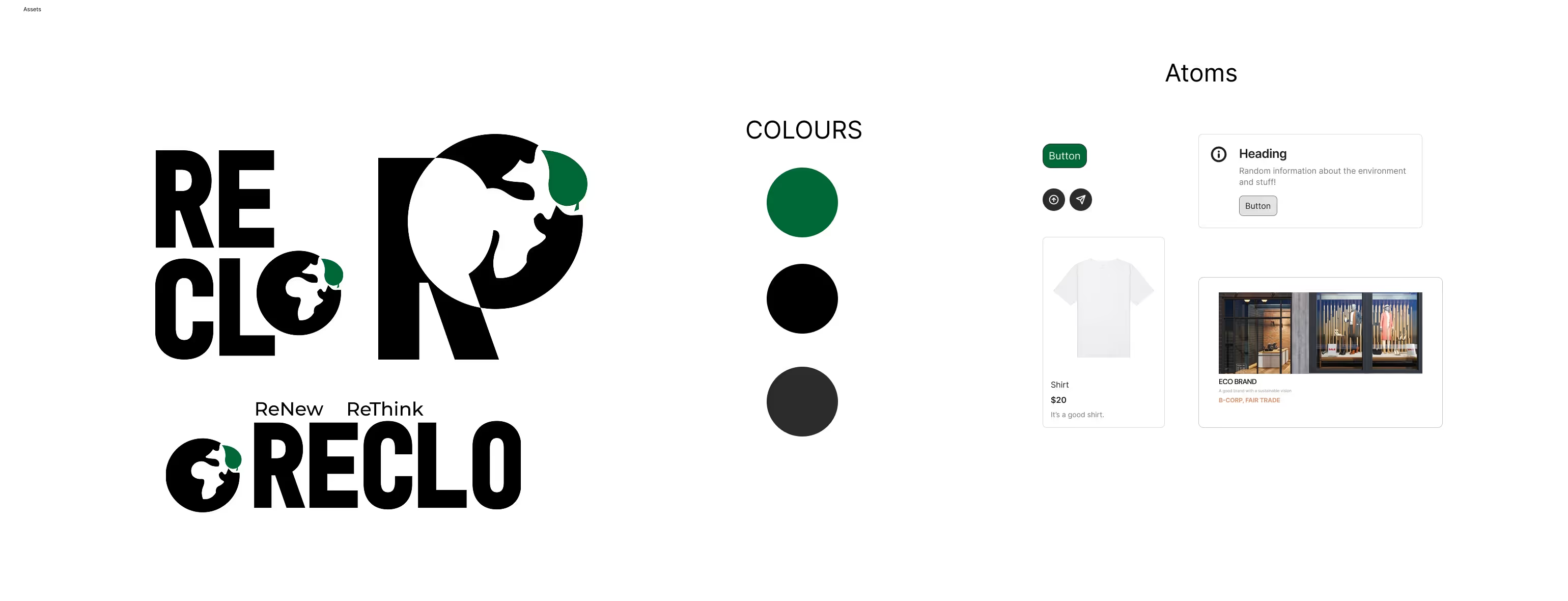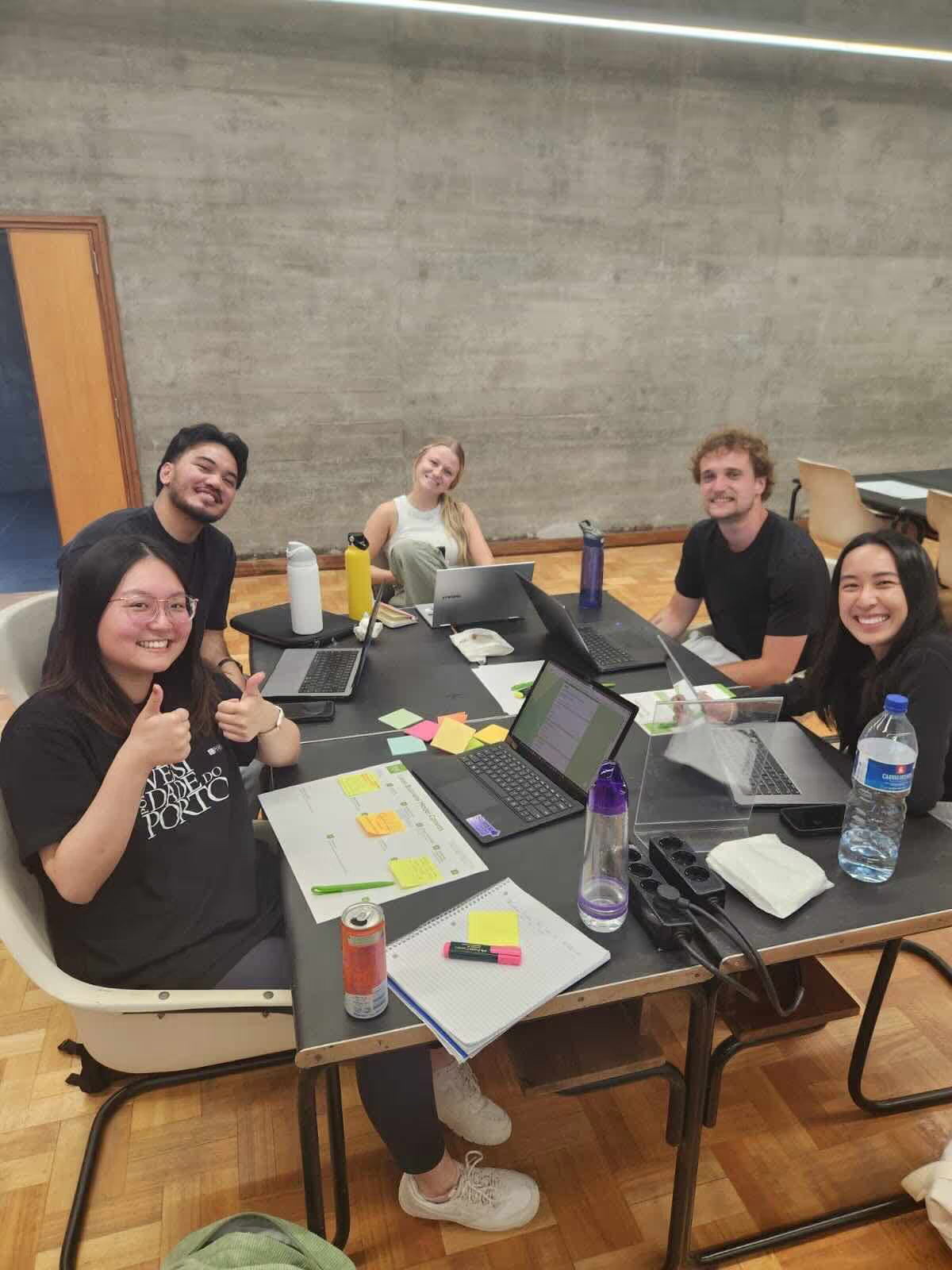This project was an eye-opener into the complexities of fast fashion and the pervasive issue of greenwashing, which I hadn’t fully understood despite my background in the industry. It was also a challenge working in a team made completely from students with differing levels of experience, but we absolutely did the best with the resources we had.
Transitioning from a textile-focused vision to a tech-driven product was a significant shift that came with its own set of challenges.
The Importance of Iteration and Collaboration
One key lesson I learned was the importance of iteration and constant feedback. Working on prototypes independently can be overwhelming, and I quickly realized that collaboration is essential to refine ideas and move forward efficiently.
Building a Design System from Scratch
Building an entire design system from scratch was another unfamiliar challenge. It taught me the importance of adaptability and flexibility, especially when pivoting between different concepts and refining the user experience.
Understanding Market Viable Solutions
I learned how to approach complex, broad problems by narrowing them down to manageable issues, ensuring we developed solutions that were both viable and market-competitive.
Growth as a Designer and Leader
Overall, this project pushed me to grow as both a designer and a leader, emphasizing the need for collaboration, adaptability, and clear communication. Moving forward, these lessons will shape my approach to future projects, as I now understand how to better manage expectations, work with limited resources, and turn obstacles into opportunities for growth.















